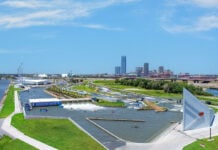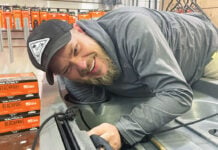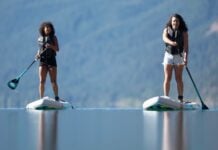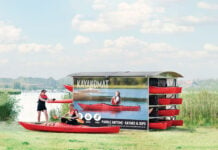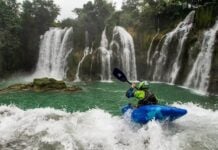On a humid September morning, the Toronto skyline’s glassy condos that stretch to the sky and the pin-like CN Tower are filtered through an overcast haze.
Cranes work on multiplying the buildings in the downtown core, and constant airplane traffic filters in and out of the waterfront airport. Michael Zhang, his wife, Riya Wang, and four-year-old son, Michael Jr., are just two kilometers from the downtown core, canoeing in a quiet channel of the Toronto Islands. They could be in a remote national park.
Michael calmly J-strokes and they make their way up to a narrow passage between islands, floating under willows and past weedy, narrow beaches. Michael Jr. alternates between strokes with a tiny paddle and peering over the gunwales to get a better look at the soft lily pads and long-tailed ducks.
How to introduce new Canadians to canoeing and camping
On this Sunday, Michael and his family are just like countless other Canadians who spend their weekends’ canoeing. Yet the Zhangs’ experience in many ways differs from the image of Canadian paddlers as hardened backcountry experts who begin their canoe tripping careers swaddled in a Hudson Bay print blanket.
Not long after immigrating to Canada from China in 2008, Michael had the opportunity to go paddling at the Harbourfront Canoe and Kayak Centre.
He was instantly hooked, and further participation in paddling not only helped Michael and his wife make friends, but it made them feel more connected to their new country. “More and more that has reinforced our identity and our agreement with who we are and what Canadians are,” Michael says.
The Zhangs are just one family in the ever-growing cultural mosaic of North America. In 2011, 20.6 percent of the Canadian population was foreign-born, and in 2010, 12.9 percent of the U.S. population began life in another country.

According to the Outdoor Industry Association, 34 percent of outdoor consumers live in cities, and those consumers tend to be young and ethnically diverse.
Many North Americans who grew up canoeing and camping see it as a normal part of childhood and recreation. Those who have never held a paddle, slept in a tent or been involved in these activities can find them intimidating.
Some worry this lack of exposure for new Canadians and Americans may lead to a decline in the number of people canoeing and camping in the coming years.
As North America’s population becomes more diverse, what are the canoeing and camping industry and government agencies doing to encourage immigrants and minorities to engage with the great outdoors?
One innovative service aims to brings the wilderness closer to urban centers. Boris Issaev and Alex Z. Berlyand began non-profit Parkbus in 2010 in the hopes of making outdoor destinations in Ontario more accessible by public transportation. Immigrants without a lot of outdoor or camping experience are an important part of Parkbus’ reach.
Issaev acknowledges that a lack of experience and the numerous unknowns can be intimidating for those who have never spent time in the woods. Depending on the situation immigrants have come to Canada from, sleeping in a tent outside of the city may seem like a step backward from comforts they have worked so hard to achieve.
As North America’s population becomes more diverse, what are the canoeing and camping industry and government agencies doing to encourage immigrants and minorities to engage with the great outdoors?
A lack of outdoorsy friends, experience, and equipment can also keep new Canadians from embracing a weekend camping or a day hike. “Our mission is to break down these barriers,” Issaev says.

Parks Canada’s contribution
Parks Canada is also working to teach outdoor skills to those who haven’t yet been exposed to camping. Through the Learn To Camp program, participants can spend time in some of the most beautiful areas of the country while learning skills like how to set up a tent, how to prepare a meal outside and canoeing basics. The skills they teach differ depending on the diverse areas where the Learn To Camp program is offered.
Ed Jager, director of the visitor experience at Parks Canada, says the program was driven in part by how the population of the country was changing, but the demographics of park users weren’t necessarily following suit.
He says the typical park user is slightly older and wealthier than the average Canadian, more suburban and of European descent, while the participants in the Learn To Camp program tend to be the exact opposite.
“Certainly there’s a sense of the outdoors like a wild place,” Jager says when asked how camping can be intimidating to newcomers. “There’s an inherent appeal of the natural environment people have, but there’s also an inherent fear,” Jager says part of Parks Canada’s role is to make sure Canadians know about the country’s amazing parks and to make sure they can be a part of it. “The makeup of the country is changing and it’s super important people are experiencing it and being exposed.”
National Park Service
In the United States, similar programs run by the National Park Service are sprinkled from coast to coast. In Anchorage, Alaska, the NPS works to introduce youth to camping and outdoor programs with a focus on underserved audiences and Title 1 schools with a large percentage of students from low-income families. This summer they will add a new program for families in the community that are first-time campers.
Sequoia National Park in California has a program that introduces people to camping, and there are numerous NPS partner organizations that introduce new campers to the outdoors, especially focusing on children from urban environments spending time in the wilderness.
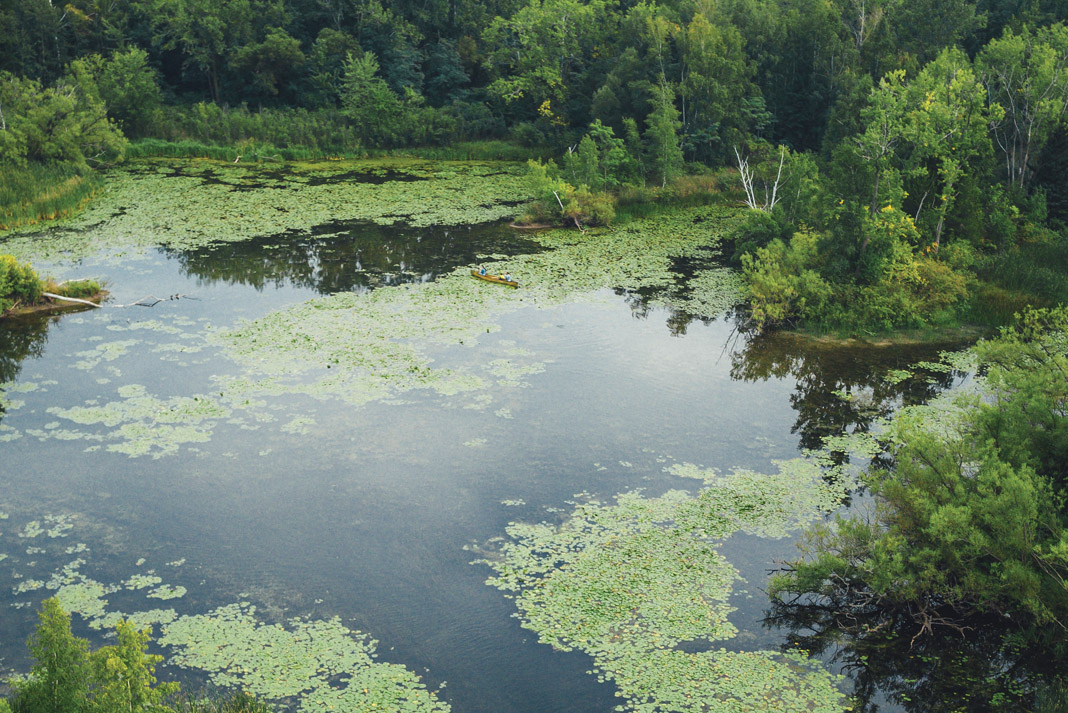
One of the most storied and iconic parks in Canada for canoeists is Algonquin Provincial Park. Its vast 2,946 square miles of forest, lakes and rivers is approximately the same size as the state of Delaware. For 40 years, Sven Miglin has run The Portage Store on Canoe Lake, offering canoe rentals, outfitting, guided tours and campground canoe delivery.
He has seen more diversity in visitors to the park but says those going on backcountry canoe trips still skew towards second and third generation canoe trippers as opposed to new Canadians.
Miglin says once new canoeists are at The Portage Store, having a helpful and sensitive staff to answer questions can help alleviate some of the intimidation.
As a long-term solution, he thinks an increase in high school camping trips to parks would have a great benefit in terms of exposure for young people. “Canada is defined by the great outdoors. The only way we preserve that is to care about it.”
Government programs, outfitters and transportation alternatives can all help in encouraging immigrants to become involved in canoeing and camping, but the boat and gear manufacturers have a role to play too.
The majority of advertisements featuring canoeists and campers show Caucasian people, something that may reflect the reality of the majority of those engaging in these activities, but nonetheless lacks diversity.
“It’s a slow process,” says Samantha Searles, director of market and consumer insights at the Colorado-based Outdoor Industry Association. She says the industry still has a ways to go in terms of diverse marketing but notes that REI, as well as some high-end brands, seem to be at the forefront.
She says she thinks some brands will go faster or be more interested than others, while some may not know how to reach this growing diverse demographic.
Back at the Toronto Islands, Michael Zhang is now alone in the canoe. His wife and son have returned home, and he paddles with ease against a gentle pink sky.
The 2.5 million people turning on the lights in their houses on shore seem far away. These are the moments that make Michael feel like Canada is home for good.
“We have so many beautiful Canadian landscapes that can be only accessed—or be better accessed—through canoes and kayaks,” he says. “I feel paddling, especially canoeing, makes me a little bit more Canadian every single time.”
In the city but off the grid. | Feature photo: Hannah Griffin




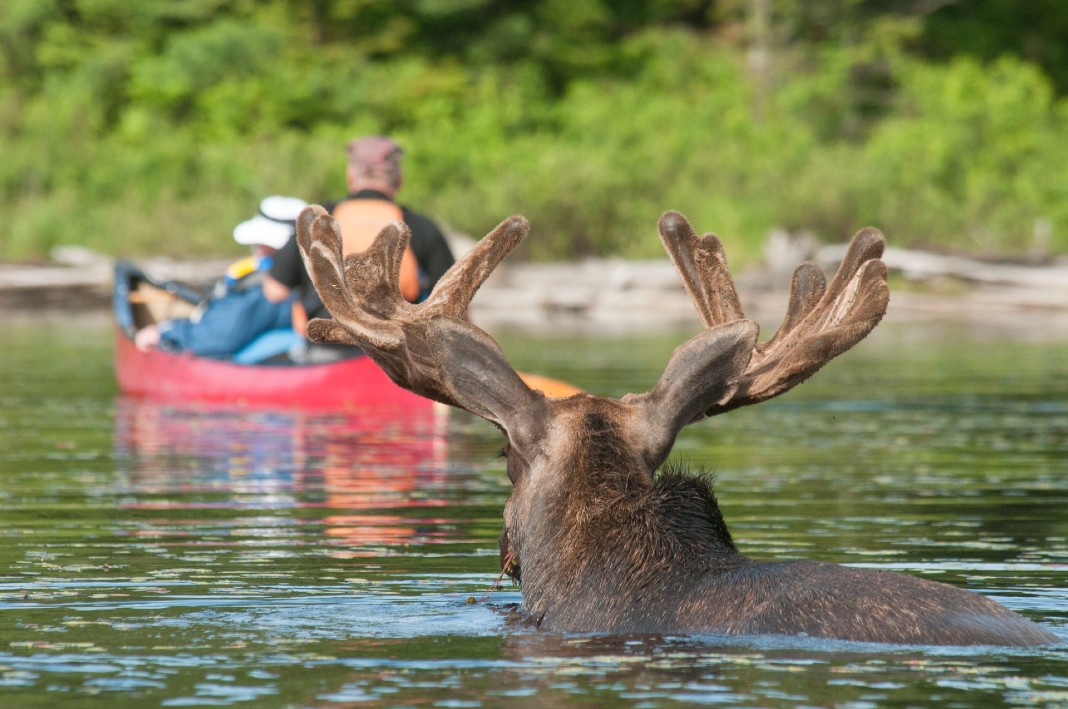
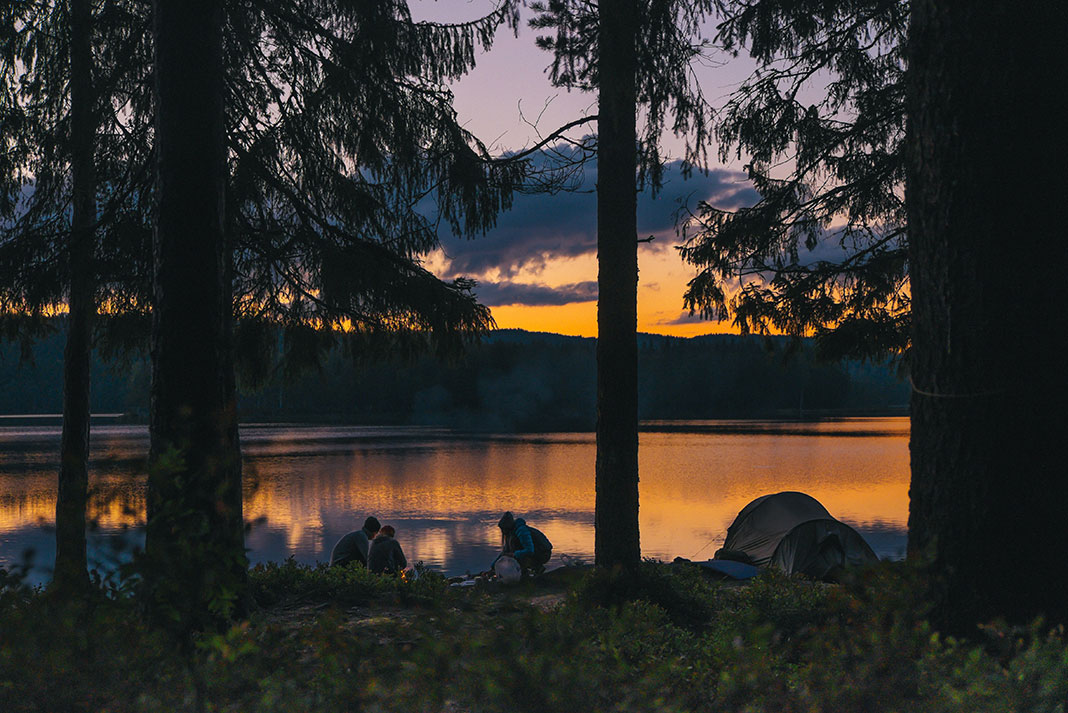
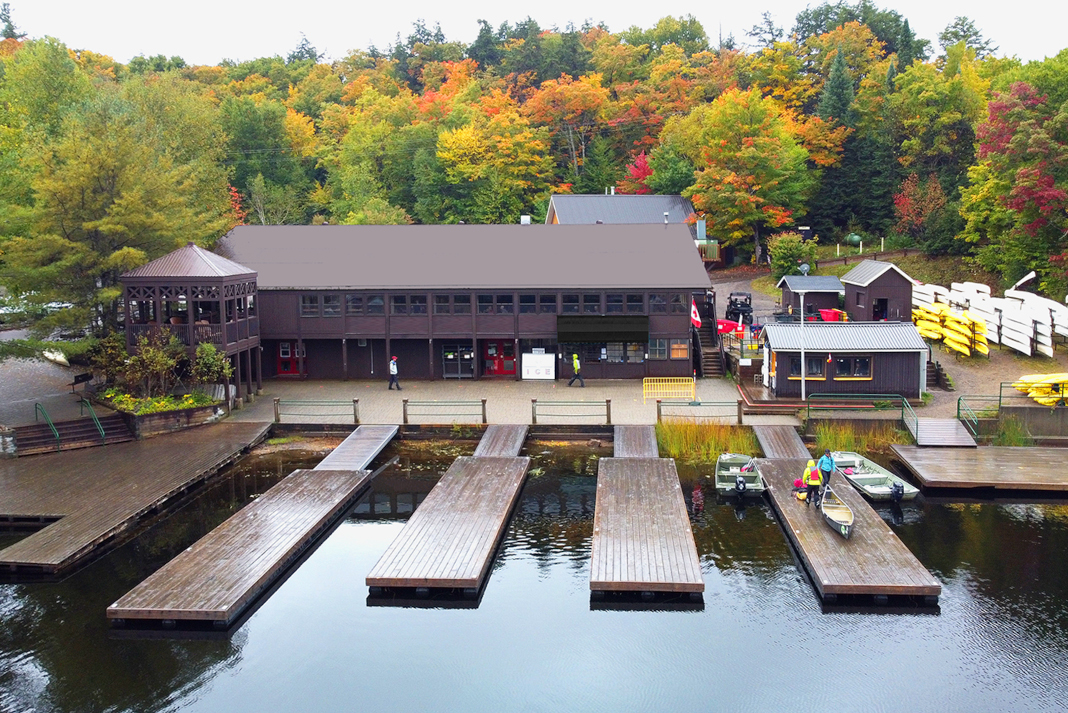
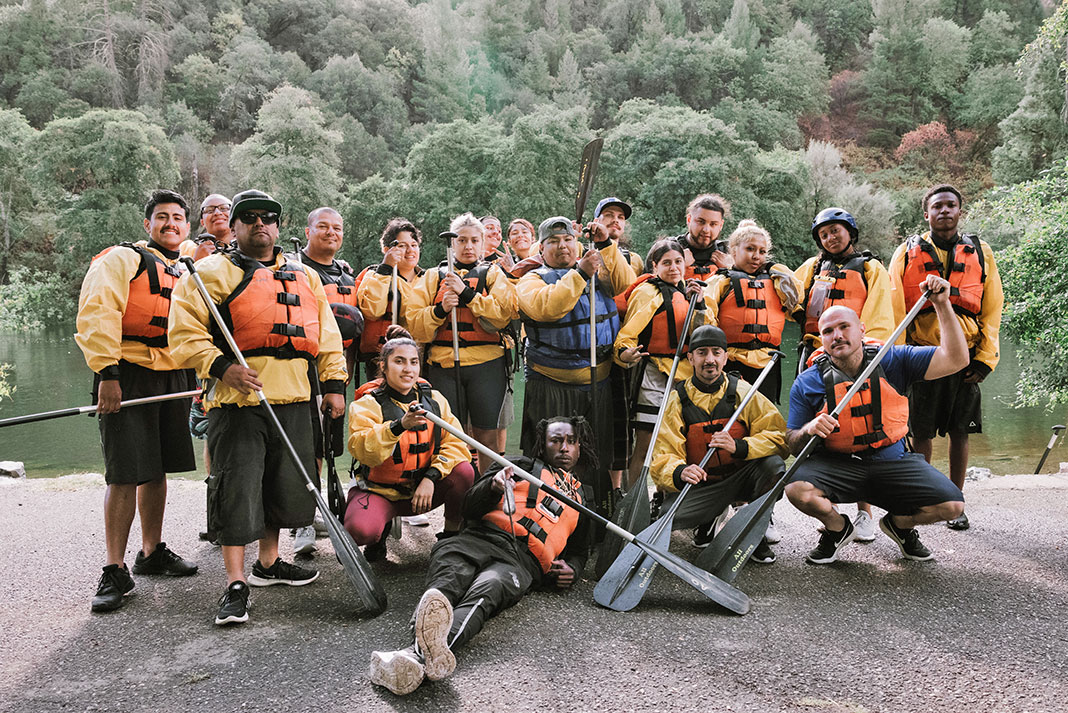
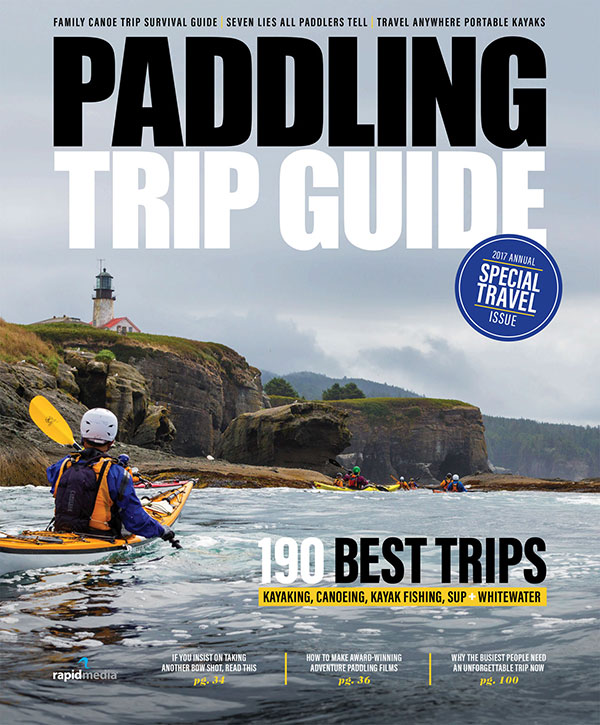 This article was first published in Issue 50 of Paddling Magazine.
This article was first published in Issue 50 of Paddling Magazine. 